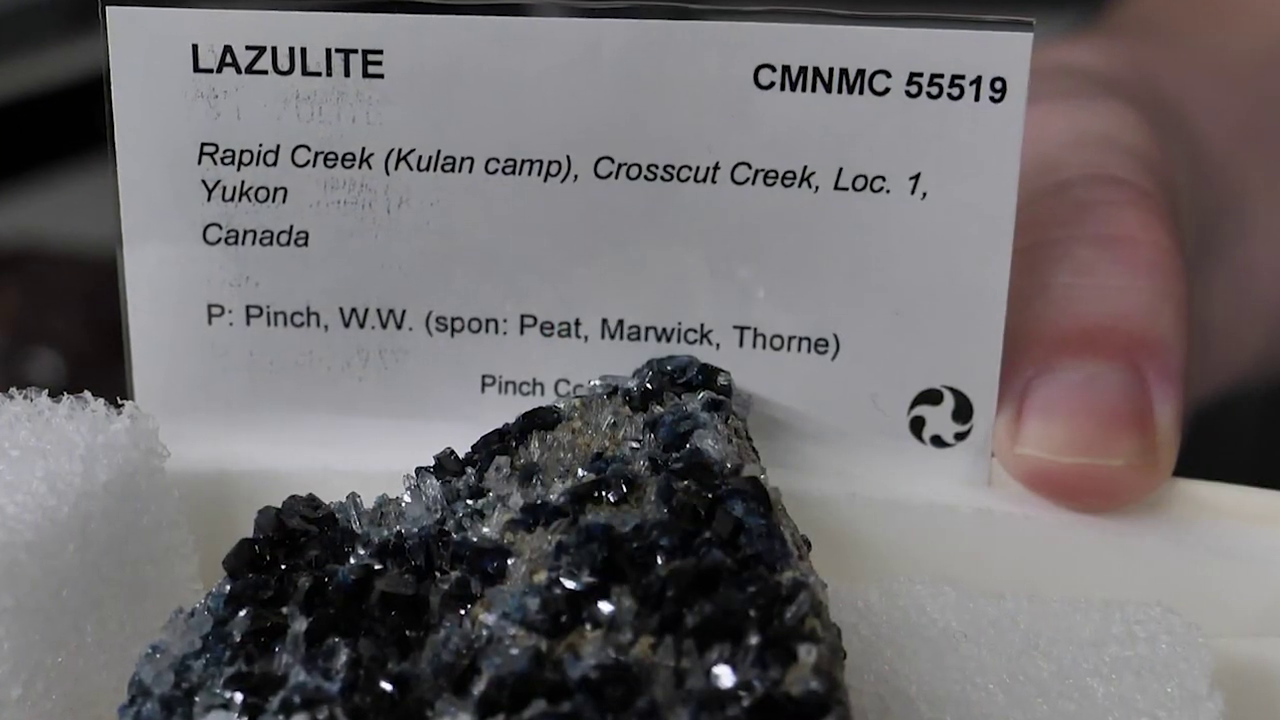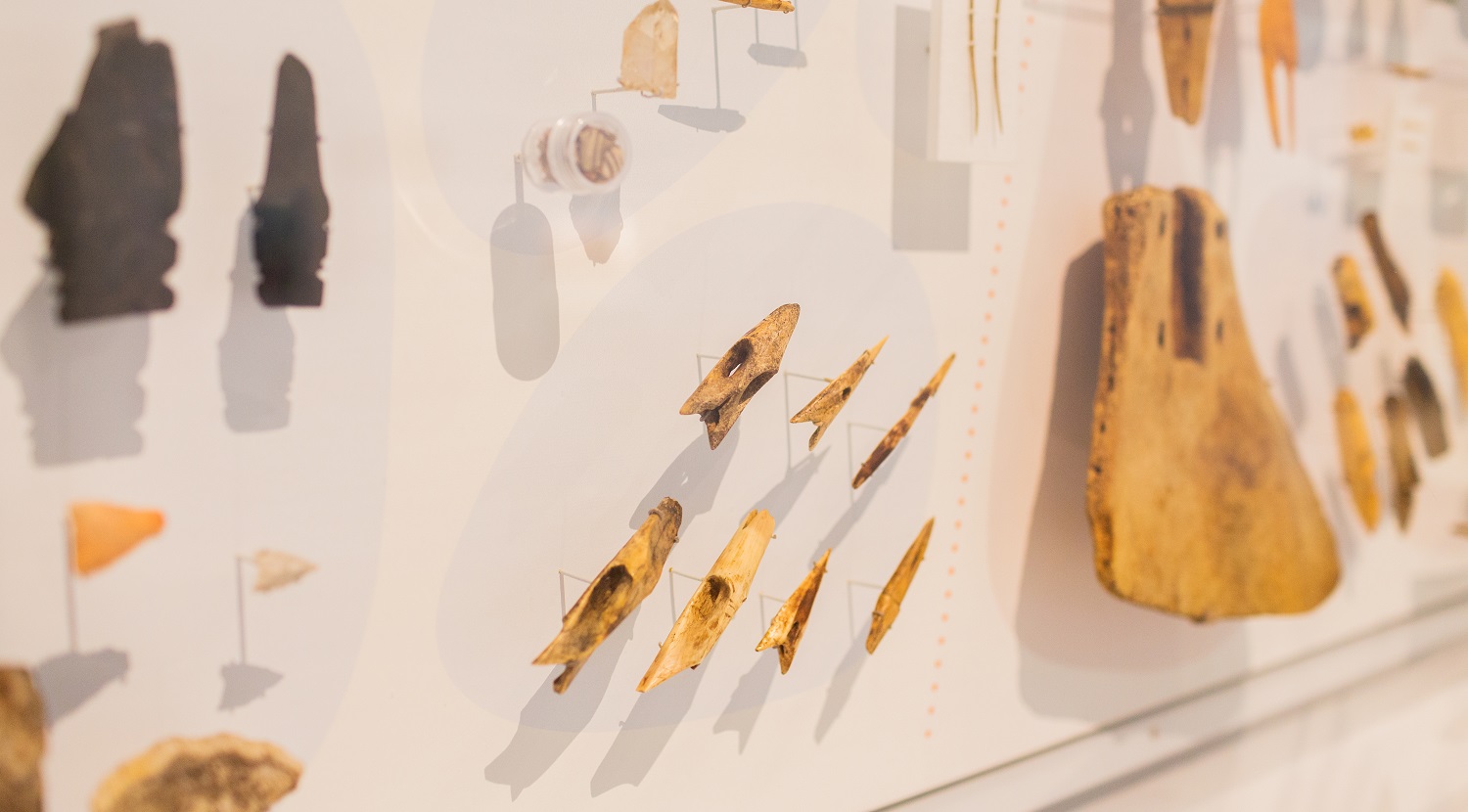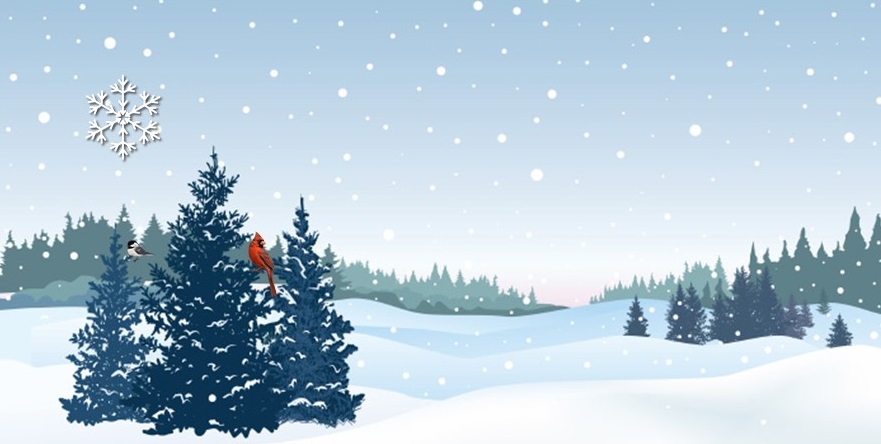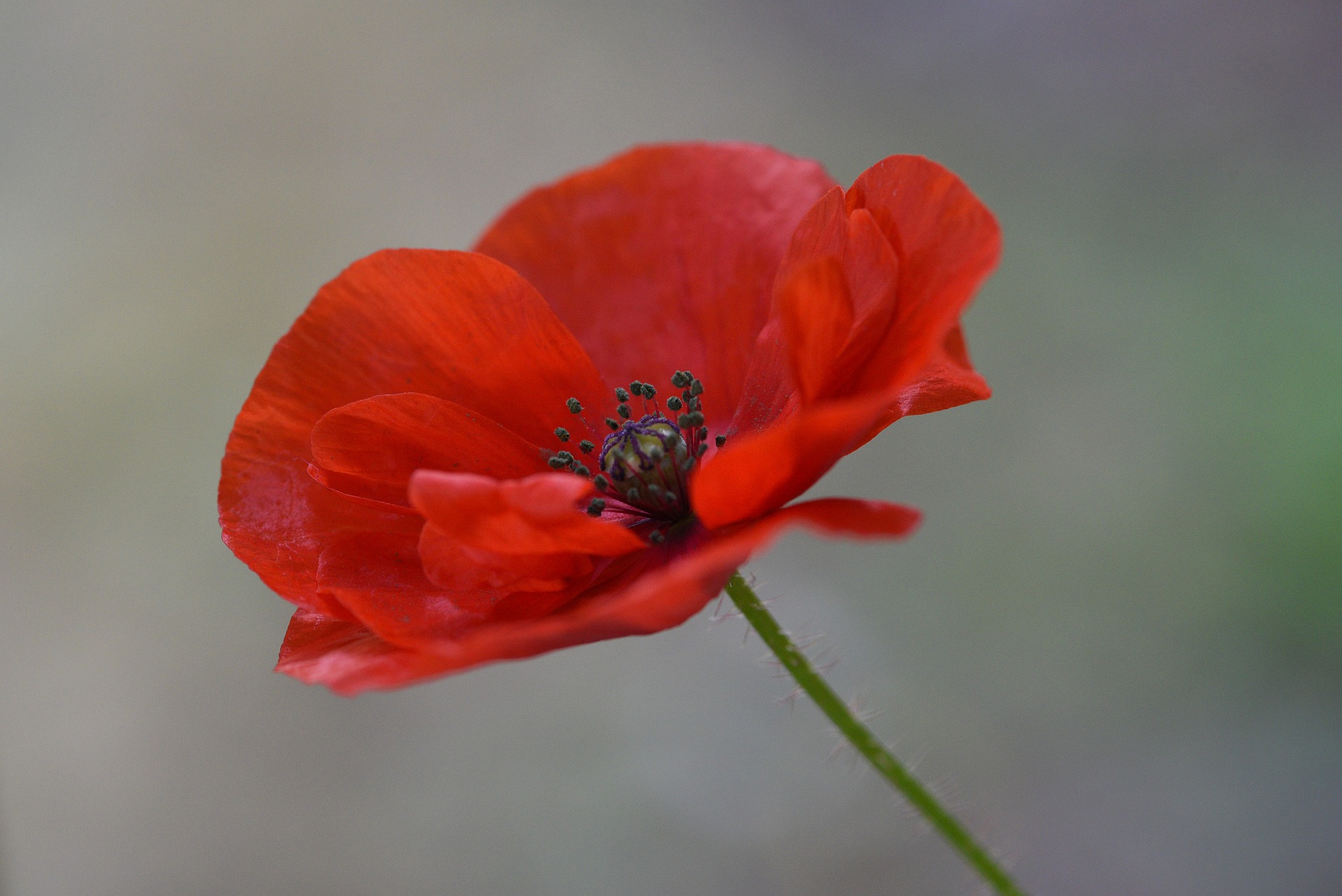
A time to remember
With November comes shorter, cooler days along with the desire to nestle in the warmth of indoors. Thanks to our special Open House video series, you can explore our collections rooms and labs virtually, meet our experts and learn countless cool facts, all without leaving the comfort of your home.
November is also a time for remembrance. We share the touching story of a World War 1 soldier, and his boyhood collection of bird eggs that was later gifted to the our museum.
As always, we encourage you to stay connected with us. Follow us on Facebook, Twitter and Instagram and visit us on nature.ca.
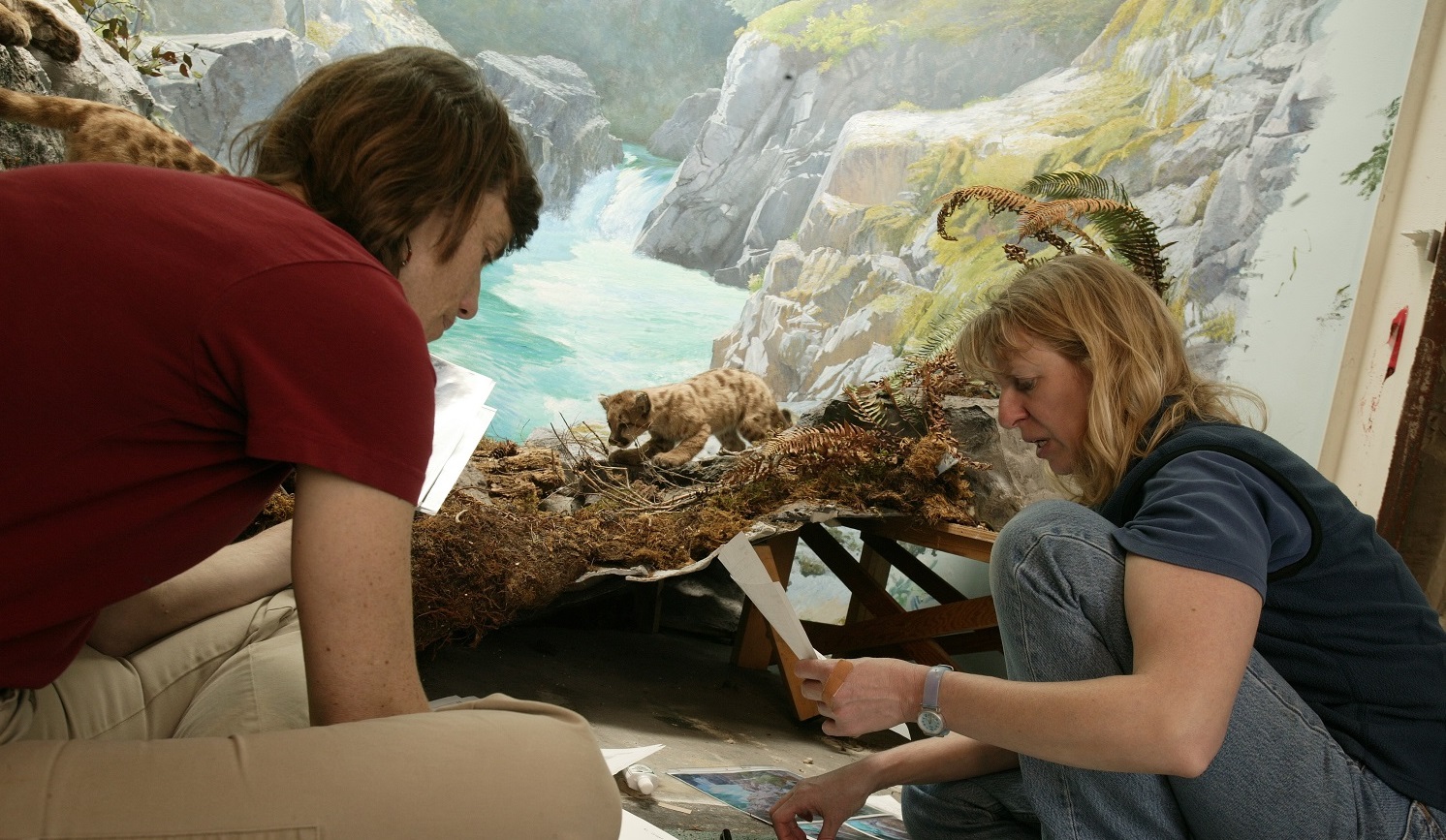
Mark your calendars
Ask a Conservator Day
On November 18, our museum will join conservators around the world to answer questions on Ask a Conservator Day. This global day, held in November, celebrates the international exchange of knowledge to conserve cultural heritage, and commemorates the incredible efforts half a century ago to conserve priceless art and artifacts damaged in the flooding of Florence. Follow the hashtag #AskAConservator, and head to our Instagram page to get behind-the-scenes insights from our own conservator Luci Cipera. The above photo shows Luci (right) and her colleague, conservator Carolyn Leckie, in 2005 working on the restoration of the museum's historic dioramas.
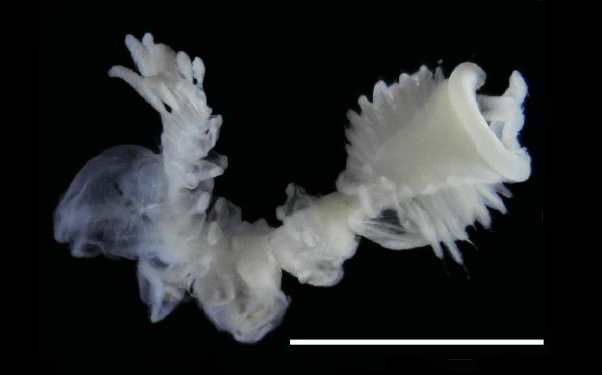
New species
Deep-sea tube worm
An interesting paper describing a new species of marine worm in our collections, Chaetopterus bruneli, was recently published, co-authored by our Chief scientist and marine invertebrate expert, Dr. Jean-Marc Gagnon. This species, which represents the northernmost record for the genus Chaetopterus in the western Atlantic, was named in honour of Dr. Pierre Brunel who has made a significant, career-long contribution to the study of the invertebrates that dwell on the sea bottom of the St. Lawrence maritime system. The animal lives in a U-shaped tube made of sediment. The scale in the above image represents 5 millimetres.
Editor: Laura Sutin
Questions or comments can be sent to lsutin@nature.ca
Photos:
Poppy: Veronika Andrews/pixabay.com
Artifacts: Red Dog Digital

